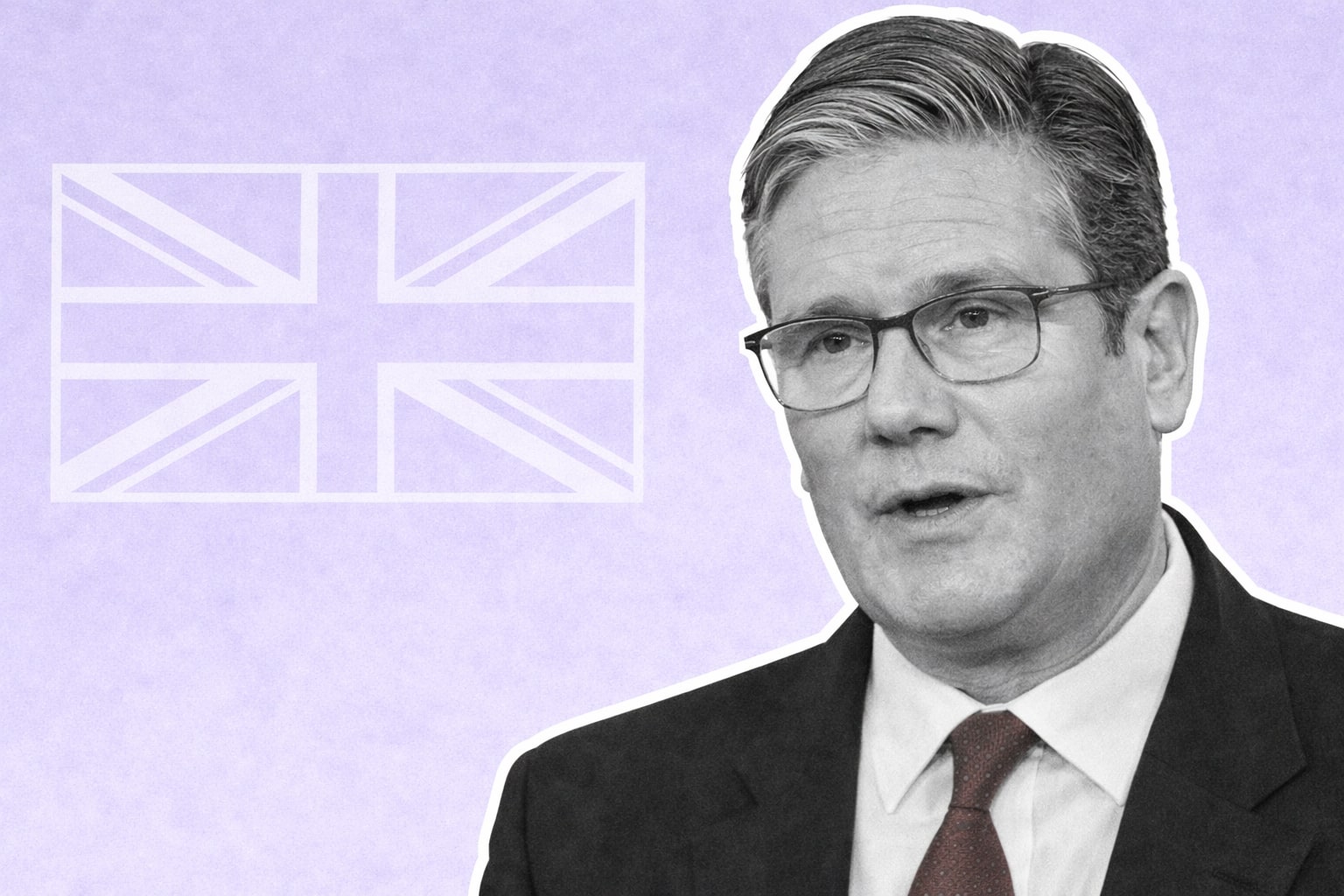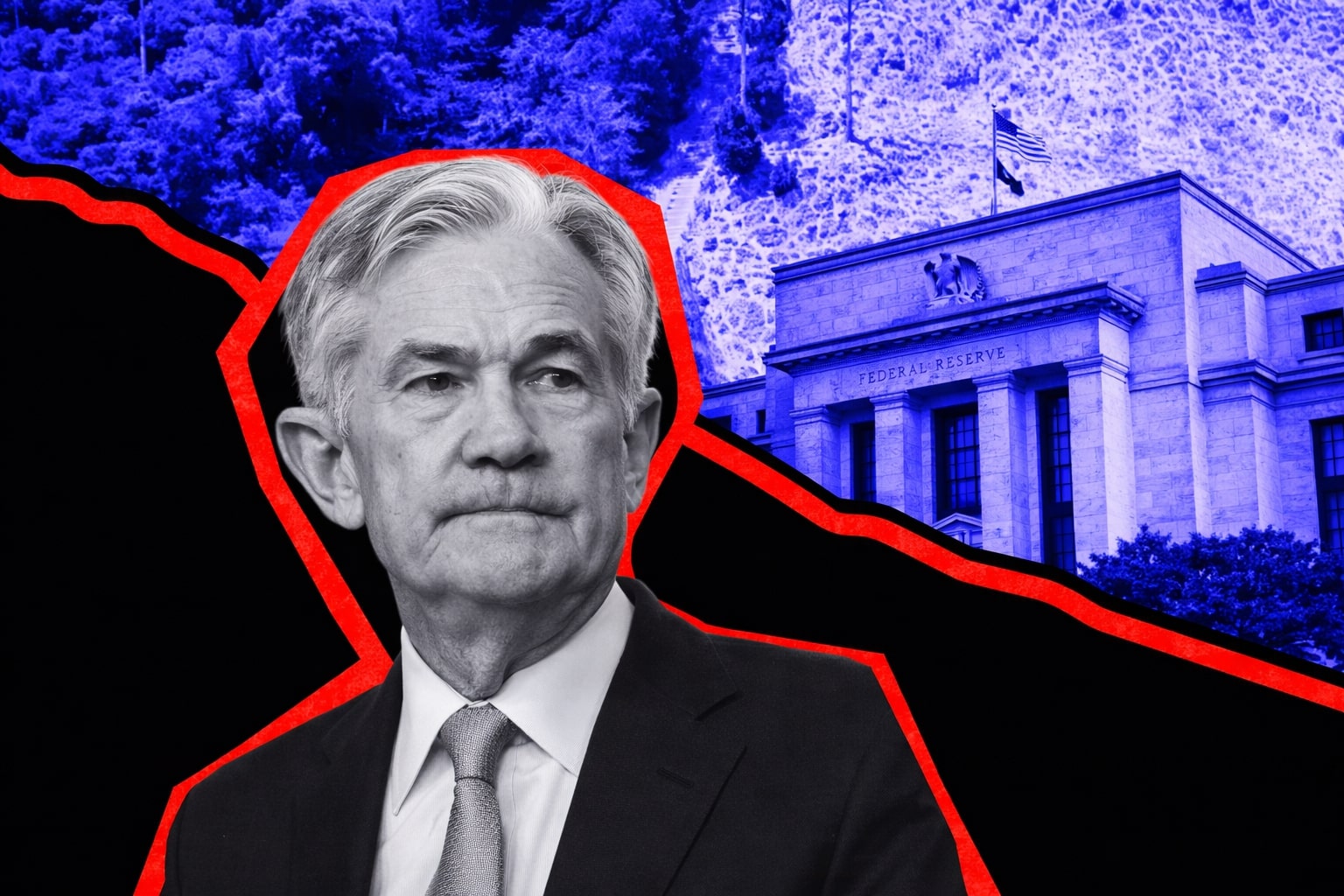EUR/USD Slides Below 1.1100 as US Dollar Gains Strength from US-China Tariff Reduction
The EUR/USD exchange rate experienced significant volatility, slipping below the key 1.1100 level as the US Dollar surged, driven by a major announcement from the US and China regarding trade tariffs. After a weekend of intense negotiations, both the US and China agreed to temporarily ease tariffs, with the US cutting its tariffs on Chinese goods from 145% to 30%, and China reducing tariffs on US goods from 125% to 10%. This development immediately triggered a rally in the US Dollar, pushing the Dollar Index (DXY) to a near 101.60 high, and sending EUR/USD tumbling. At the time of writing, EUR/USD traded at 1.1130, but the pair remains under pressure as the broader market digest the potential economic impacts.
US Dollar Rally on US-China Trade Truce
The US Dollar saw a considerable rally as a result of the news that the US and China had agreed to reduce tariffs by 115% for a 90-day period, from May 14th. This trade truce provided a temporary reprieve from the ongoing trade war, with both sides signaling a pause in the conflict, which boosted investor sentiment globally. The positive momentum from the tariff reduction pushed the US Dollar sharply higher, with EUR/USD falling below 1.1100 before finding temporary support.
The U.S. Dollar Index, which measures the strength of the US Dollar against a basket of major currencies, surged to 101.60, a significant level indicating investor confidence in the greenback. The currency pair had previously been trading in a range, but the market’s reaction to this news has broken the lower bounds of that range, raising concerns for further downside risks in EUR/USD.
US Consumer Inflation and Fed’s Policy Outlook Impacting EUR/USD
As the US Dollar strengthened on the back of this trade deal, market participants are now looking towards upcoming economic data, specifically the US Consumer Price Index (CPI) report due this week. The inflation data is expected to show a steady increase of 2.4% year-over-year. This could impact the Federal Reserve’s outlook on monetary policy, especially considering that the US economy may see an uptick in inflation as a result of reduced trade tensions.
In recent remarks, Fed Chair Jerome Powell warned of the risks associated with the potential for higher inflation, particularly if tariffs remain at elevated levels. As the tariffs are reduced, some analysts speculate that the Fed might adjust its expectations for interest rate hikes, which could further impact the USD strength. As such, the next movements in EUR/USD will largely depend on how US inflation data and Fed commentary evolve in response to the trade truce.
ECB's Stance and EUR/USD Short-Term Outlook
The European Central Bank (ECB) has been a key player in influencing EUR/USD trends. Recent comments from ECB board member Isabel Schnabel signaled that the ECB might hold off on further rate cuts, suggesting that current rates remain in “neutral territory.” This has helped stabilize the Euro to some extent, but the dovish stance of the ECB remains a point of concern, particularly if the trade truce with China leads to a faster-than-expected recovery in global demand.
Despite Schnabel's remarks, many analysts believe that further ECB action may be necessary to maintain economic stability within the Eurozone, especially given the challenges posed by the US-China trade relations and the ongoing effects of the COVID-19 pandemic. If the Eurozone's economic recovery falters while the US economy continues to benefit from tariff reductions, the EUR/USD exchange rate could face significant downward pressure in the coming weeks.
Technical Analysis: EUR/USD Breakdown Below 1.1100
From a technical standpoint, EUR/USD has broken below the critical 1.1200-1.1440 range that it had been trading within for the last 20 days, signaling a shift to a bearish trend. The pair has also dropped below the 200-period Exponential Moving Average (EMA), currently around 1.1200, which further confirms the bearish momentum.
The 14-day Relative Strength Index (RSI) has dipped below 40.00, indicating that bearish momentum is intensifying. Immediate support is seen at 1.1100, with further support near 1.1060. On the upside, resistance is now at 1.1280 and 1.1360, with 1.1400 being a key level to watch for any potential reversals.
Potential Short-Term Movements and Risks
Looking forward, the EUR/USD pair could continue to face pressure, especially if the US Dollar remains buoyed by further developments in US-China trade talks. The March 27 low of 1.0733 will be a key level for the bulls to defend if the selling pressure continues. On the other hand, if the pair manages to regain some ground and push back above 1.1200, we could see a short-term recovery toward the 1.1280-1.1360 region.
Conclusion: EUR/USD Faces Bearish Pressure
In conclusion, the EUR/USD pair is currently under significant bearish pressure due to the strength of the US Dollar following the US-China tariff reduction. The outlook for the pair will depend largely on the evolution of US inflation data, Federal Reserve commentary, and ongoing trade negotiations. For the near term, EUR/USD could continue to slide, with the 1.1100 support level being the key area to watch. Should the Euro fail to hold above this level, further declines could ensue, possibly targeting the 1.1000 region. Conversely, if the pair manages to stabilize and reclaim key resistance levels, it could signal a shift toward a more neutral or bullish trend.



















